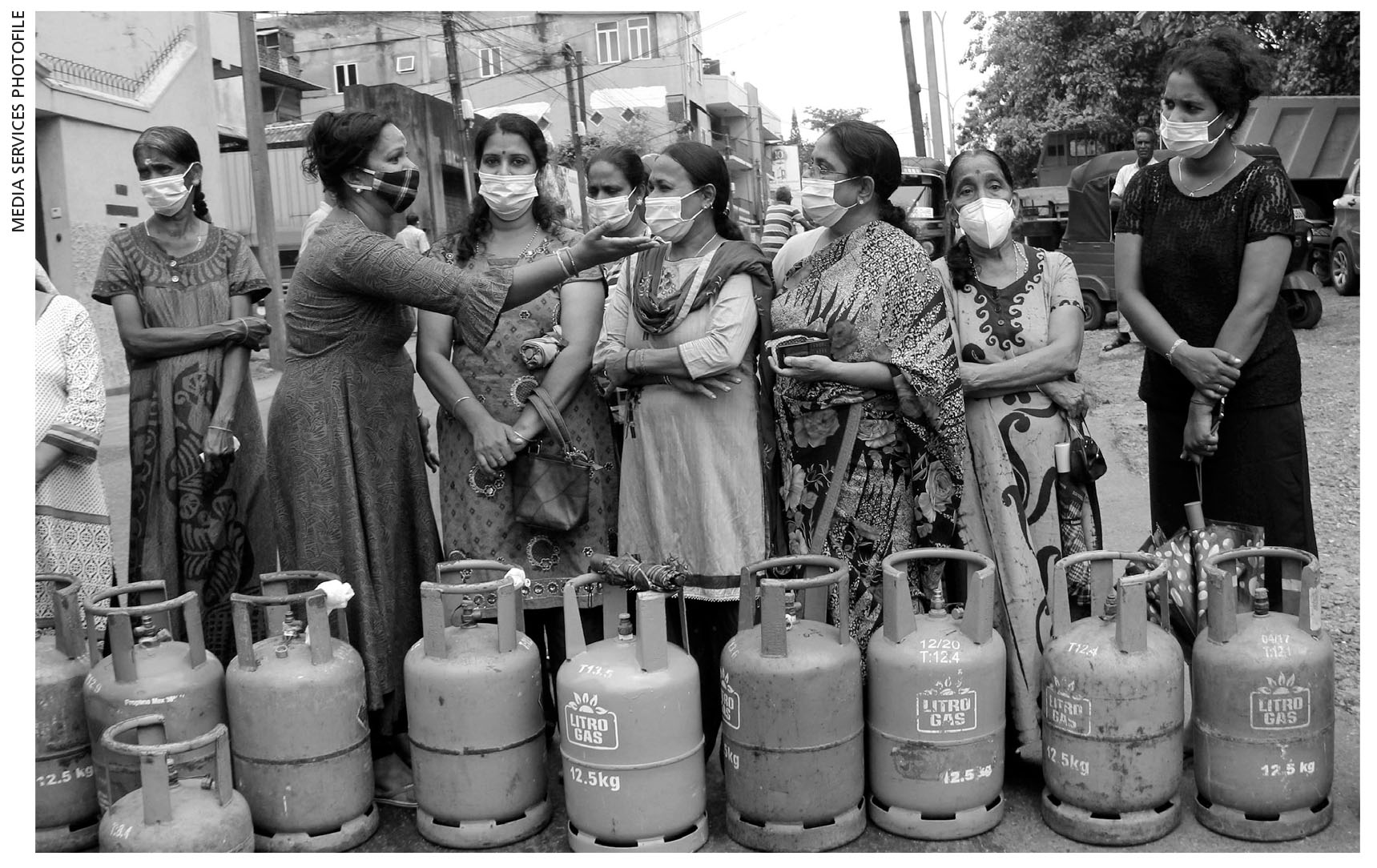2022
Compelled to Declare Bankruptcy
Asia’s oldest democracy turns insolvent
The writing had been on the wall, hidden in plain sight for those with eyes to see. But the jury is still out on whether it was the fallout from global economic trends or entirely internal incompetence that mired a middle income nation in an intractable mess.
And the ignominy of being compelled to declare bankruptcy for the first time in its nearly 75 years of independence came when Sri Lanka defaulted on US$ 78 million in unmet debt interest payments on two sovereign bonds after a 30 day grace period to raise the monies due expired.
In fact, according to varying estimates, the island had only a paltry 50 million dollars in its kitty or was down to US$ 25 million in usable foreign reserves.
This was the straw that broke the camel’s back, prompting the Governor of the Central Bank of Sri Lanka to admit that the region’s oldest democracy had fallen into a ‘pre-emptive default’ – the first such in this century, according to credit rating agency Moody’s.
The central banker emphasised that “our position is very clear: until there is a debt restructure, we cannot pay.”
That plight reflected the insult of declared bankruptcy being heaped like burning coals on a head made sore by a gamut of injuries. Sri Lanka’s economic crisis had been in the making since 2019, which in turn was compounded by multiple factors.
These spanned the spectrum from Easter Sunday’s terrorist bomb attacks and the COVID-19 pandemic, through policy misadventures such as money creation – a liquidity patch to fix a solvency problem – and egregious tax cuts that saw the state lose an estimated Rs. 600 billion in revenue in 2020 and a further 700 million rupees in 2021, to an overnight conversion of the agricultural regime to organic farming that eventually caused national level food insecurity.
It led to unprecedented levels of inflation (at the time of defaulting, it was 30% – and projected to reach 40% soon thereafter), a dire depletion of foreign exchange reserves, nearly empty state coffers, increases in the cost of everything from essentials to the luxuries of a small elite, and a widespread shortage of commodities and consumer goods that spawned miles long queues.
In addition, there was an escalating war in Europe that had local, regional and global ramifications, which saw poorer nations like Sri Lanka struggle under a heavier than usual burden.
In effect, this was the worst crisis since independence, the shameful and seemingly avoidable declaration of bankruptcy left a putatively independent nation with suspended repayments on borrowings worth US$ 7 billion at the end of 2022, as well as a heap of debt exceeding 50 billion dollars at the time.
This was the worst crisis since independence, the shameful and seemingly avoidable declaration of bankruptcy left a putatively independent nation with suspended repayments on borrowings





